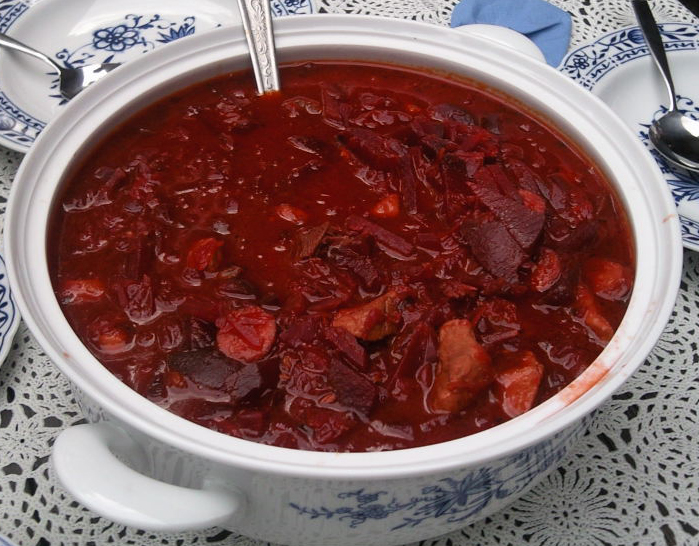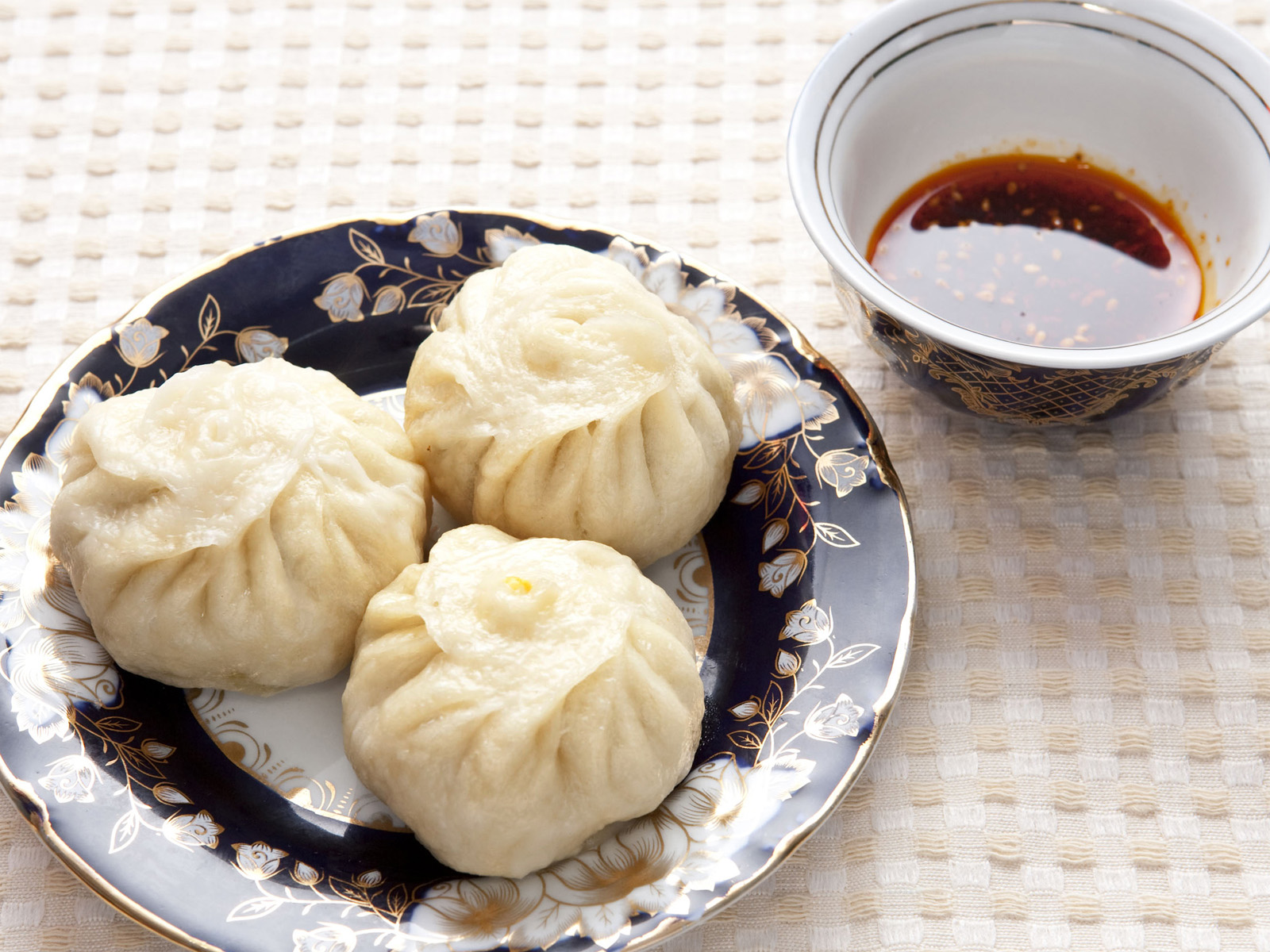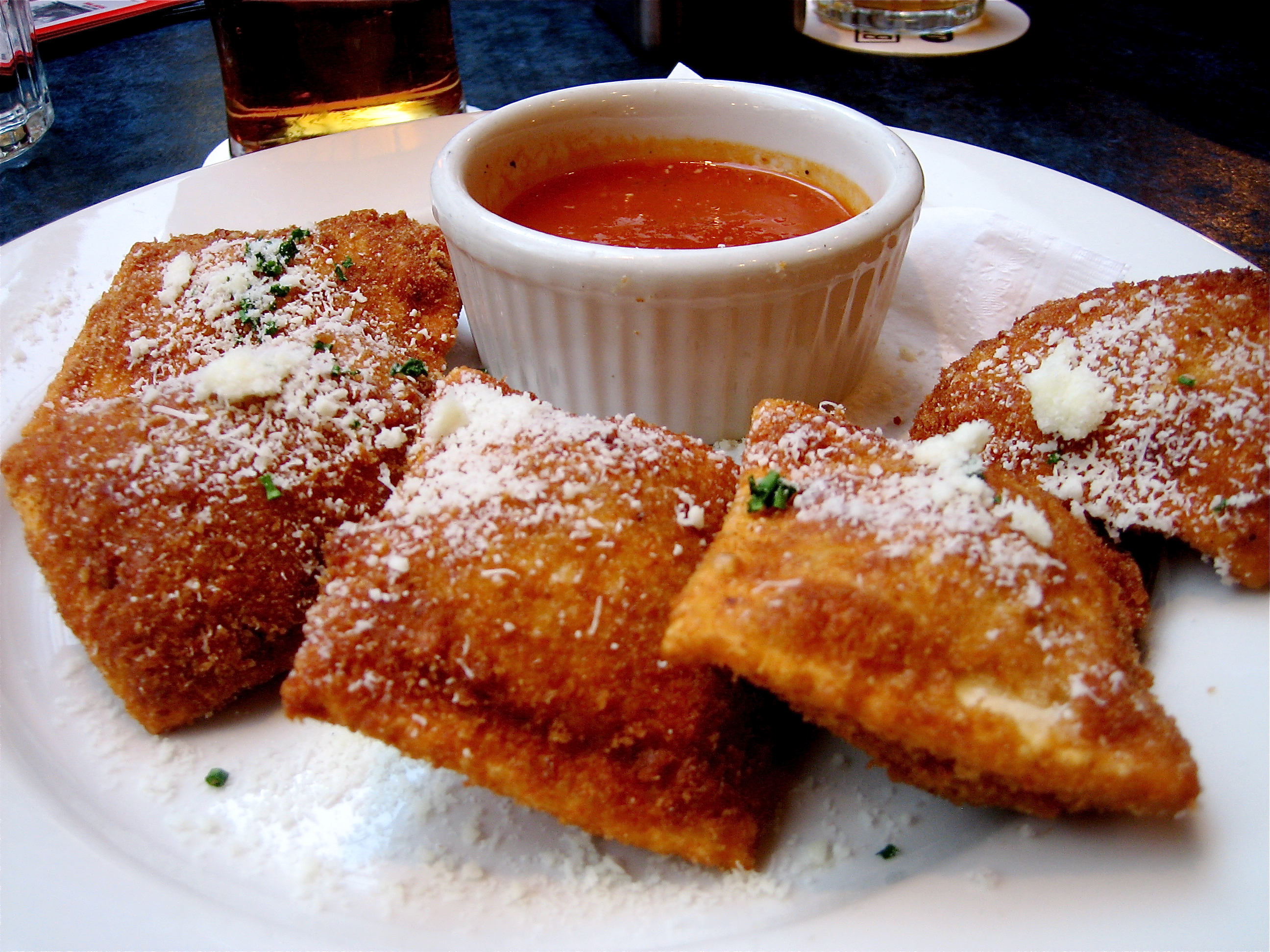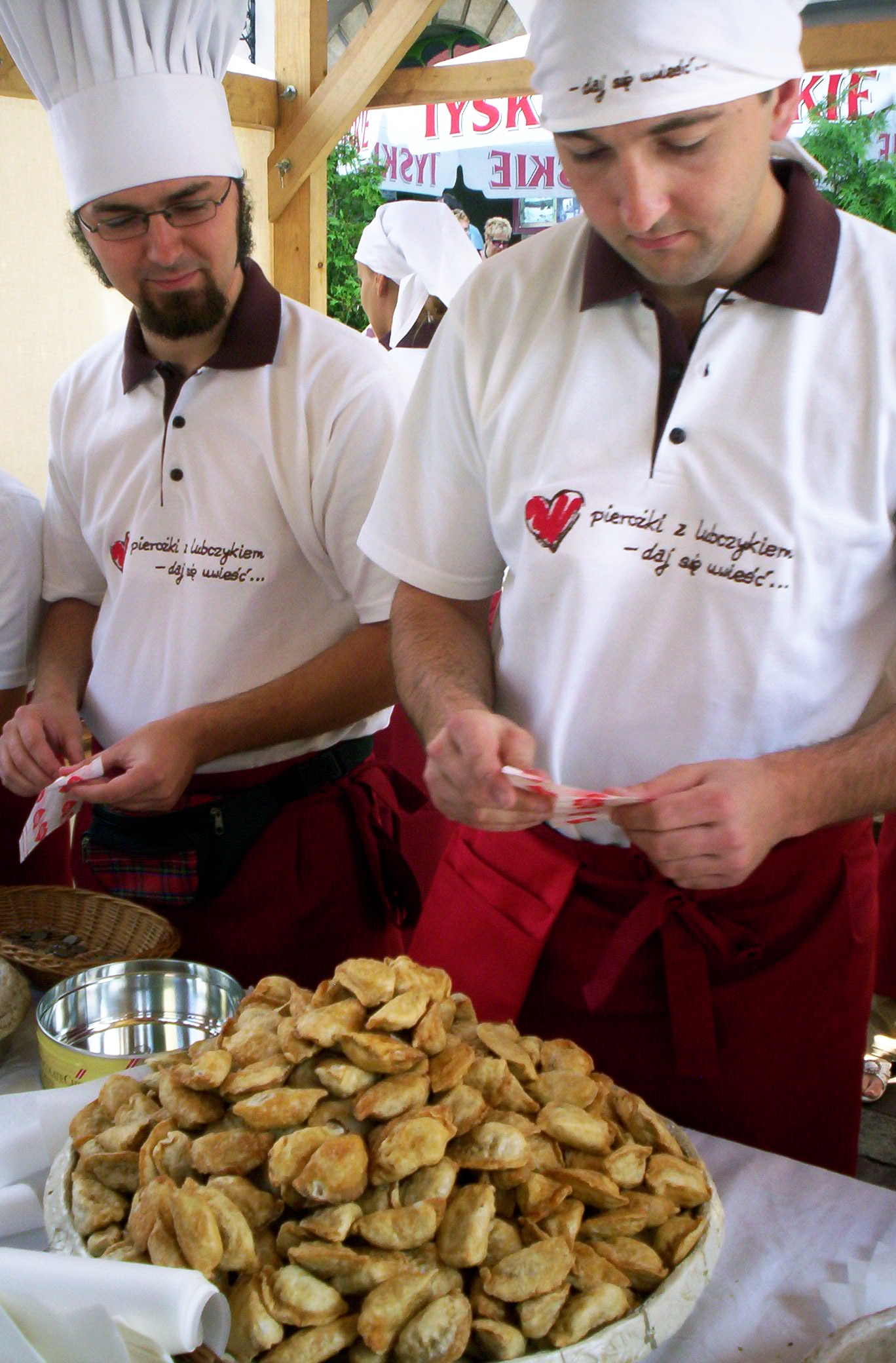|
Uszka
Uszka or vushka (Polish: Uszka, Ukrainian: Вушка, Belarusian: Вушкі) (meaning "little ears") are small dumplings (a very small and twisted version of pierogi) usually filled with flavoursome wild forest mushrooms and/or minced meat. They are usually served with barszcz, though they can be eaten simply with melted butter and herbs (usually chives) sprinkled over. When vegetarian (filled only with mushrooms or onion) they are a part of traditional Christmas Eve dishes in Poland and Ukraine, and are either added to the soup, or eaten as a side dish. In various languages they are called: * pl, uszka * be, вушкі (vúški) * uk, вушка (vúška) See also * Pelmeni * Pierogi * Vareniki * Kreplekh * Maultasche (singular ''Maultasche'' , ) are a kind of large meat-filled dumpling in Swabian cuisine. They consist of sheets of pasta dough filled with minced meat, smoked meat, spinach, bread crumbs and onions and flavored with various herbs and spices ... Re ... [...More Info...] [...Related Items...] OR: [Wikipedia] [Google] [Baidu] |
Borscht
Borscht () is a sour soup common in Eastern Europe and Northern Asia. In English, the word "borscht" is most often associated with the soup's variant of Ukrainian origin, made with red beetroots as one of the main ingredients, which give the dish its distinctive red color. The same name, however, is also used for a wide selection of sour-tasting soups without beetroots, such as sorrel-based green borscht, rye-based white borscht, and cabbage borscht. Borscht derives from an ancient soup originally cooked from pickled stems, leaves and umbels of common hogweed (''Heracleum sphondylium''), a herbaceous plant growing in damp meadows, which lent the dish its Slavic name. With time, it evolved into a diverse array of tart soups, among which the Ukrainian beet-based red borscht has become the most popular. It is typically made by combining meat or bone stock with sautéed vegetables, which – as well as beetroots – usually include cabbage, carrots, onions, potatoe ... [...More Info...] [...Related Items...] OR: [Wikipedia] [Google] [Baidu] |
Polish Cuisine
Polish cuisine ( pl, kuchnia polska) is a style of cooking and food preparation originating in or widely popular in Poland. Due to Poland's history, Polish cuisine has evolved over the centuries to be very eclectic, and it shares many similarities with other regional cuisines. Polish-styled cooking in other cultures is often referred to as ''à la polonaise''. Polish cuisine is rich in meat, especially pork, chicken and game, in addition to a wide range of vegetables, spices, mushrooms, and herbs. Polish Meals – Polish Food – Polish Cuisine . Retrieved 6 June 2011. It is also characteristic in its use of various kinds of noodles, cereals, and [...More Info...] [...Related Items...] OR: [Wikipedia] [Google] [Baidu] |
Dumplings
Dumpling is a broad class of dishes that consist of pieces of dough (made from a variety of starch sources), oftentimes wrapped around a filling. The dough can be based on bread, flour, buckwheat or potatoes, and may be filled with meat, fish, tofu, cheese, vegetables, fruits or sweets. Dumplings may be prepared using a variety of methods, including baking, boiling, frying, simmering or steaming and are found in many world cuisines. In the United States in May 2015 National Day Calendar listed National Dumpling Day as held on September 26, annually. African Banku and kenkey are defined as dumplings in that they are starchy balls of dough that are steamed. They are formed from fermented cornmeal. Banku is boiled and requires continuous kneading, while kenkey is partly boiled then finished by steaming in corn or banana leaves. Tihlo—prepared from roasted barley flour—originated in the Tigray region of Ethiopia and is now very popular in Amhara as well and ... [...More Info...] [...Related Items...] OR: [Wikipedia] [Google] [Baidu] |
Dumpling
Dumpling is a broad class of dishes that consist of pieces of dough (made from a variety of starch sources), oftentimes wrapped around a filling. The dough can be based on bread, flour, buckwheat or potatoes, and may be filled with meat, fish, tofu, cheese, vegetables, fruits or sweets. Dumplings may be prepared using a variety of methods, including baking, boiling, frying, simmering or steaming and are found in many world cuisines. In the United States in May 2015 National Day Calendar listed National Dumpling Day as held on September 26, annually. African Banku and kenkey are defined as dumplings in that they are starchy balls of dough that are steamed. They are formed from fermented cornmeal. Banku is boiled and requires continuous kneading, while kenkey is partly boiled then finished by steaming in corn or banana leaves. Tihlo—prepared from roasted barley flour—originated in the Tigray region of Ethiopia and is now very popular in Amhara as well and spr ... [...More Info...] [...Related Items...] OR: [Wikipedia] [Google] [Baidu] |
Pierogi
Pierogi are filled dumplings made by wrapping unleavened dough around a savory or sweet filling and cooking in boiling water. They are often pan-fried before serving. Pierogi or their varieties are associated with the cuisines of Central, Eastern and Southeastern Europe. Dumplings most likely originated in Asia and came to Europe via trade in the Middle Ages. The widely-used English name pierogi was derived from Polish. In some parts of Eastern Europe they are known as varenyky''.'' Pierogi are also popular in modern-day American and Canadian cuisine, where they are sometimes known under different local names. Typical fillings include potato, cheese, quark, sauerkraut, ground meat, edible mushrooms, and/or fruits. Savory pierogi are often served with a topping of sour cream, fried onions, or both. Terminology The English word "pierogi" comes from Polish ' , which is the plural form of ' , a generic term for filled dumplings. It derives from Old East Slavic ( ... [...More Info...] [...Related Items...] OR: [Wikipedia] [Google] [Baidu] |
Kreplach
Kreplach (from yi, קרעפּלעך, Kreplekh) are small dumplings filled with ground meat, mashed potatoes or another filling, usually boiled and served in chicken soup, though they may also be served fried. They are similar to Polish and Ukrainian uszka, Russian pelmeni, Italian ravioli or tortellini, German Maultaschen, and Chinese jiaozi and wonton. The dough is traditionally made of flour, water and eggs, kneaded and rolled out thin. Some modern-day cooks use frozen dough sheets or wonton wrappers.Quick and Easy Kreplach Recipe , MavenMall Ready-made kreplach are also sold in the kosher section of supermarkets. |
Varenyky
Pierogi are filled dumplings made by wrapping unleavened dough around a savory or sweet filling and cooking in boiling water. They are often pan-fried before serving. Pierogi or their varieties are associated with the cuisines of Central, Eastern and Southeastern Europe. Dumplings most likely originated in Asia and came to Europe via trade in the Middle Ages. The widely-used English name pierogi was derived from Polish. In some parts of Eastern Europe they are known as varenyky''.'' Pierogi are also popular in modern-day American and Canadian cuisine, where they are sometimes known under different local names. Typical fillings include potato, cheese, quark, sauerkraut, ground meat, edible mushrooms, and/or fruits. Savory pierogi are often served with a topping of sour cream, fried onions, or both. Terminology The English word "pierogi" comes from Polish ' , which is the plural form of ' , a generic term for filled dumplings. It derives from Old East Slavic (') and furth ... [...More Info...] [...Related Items...] OR: [Wikipedia] [Google] [Baidu] |
Pelmeni
Pelmeni (russian: пельмени—plural, ; pelmen, russian: пельмень, link=no—singular, ) are dumplings of Russian cuisine that consist of a filling wrapped in thin, unleavened dough. It is debated whether they originated in Ural or Siberia. Pelmeni have been described as "the heart of Russian cuisine". Ingredients The dough is made from flour and water, sometimes adding a small portion of eggs. The filling can be minced meat (pork, lamb, beef, fish or any other kind of meat, venison being particularly traditional for colder regions) or mushrooms, or a combination of the two. The mixing together of different kinds of meat is also popular. The traditional Udmurt recipe requires a mixture of 45% beef, 35% mutton, and 20% pork. Various spices, such as black pepper and diced onions as well as garlic, are mixed into the filling. They are commonly topped with sour cream, mayonnaise, dill, red onions or vinegar, all of which are traditional to the region and can ... [...More Info...] [...Related Items...] OR: [Wikipedia] [Google] [Baidu] |
Poland
Poland, officially the Republic of Poland, , is a country in Central Europe. Poland is divided into Voivodeships of Poland, sixteen voivodeships and is the fifth most populous member state of the European Union (EU), with over 38 million people, and the List of European countries by area, seventh largest EU country, covering a combined area of . It extends from the Baltic Sea in the north to the Sudetes and Carpathian Mountains in the south, bordering seven countries. The territory is characterised by a varied landscape, diverse ecosystems, and Temperate climate, temperate transitional climate. The capital and List of cities and towns in Poland, largest city is Warsaw; other major cities include Kraków, Wrocław, Łódź, Poznań, and Gdańsk. Prehistory and protohistory of Poland, Humans have been present on Polish soil since the Lower Paleolithic, with continuous settlement since the end of the Last Glacial Period over 12,000 years ago. Culturally diverse throughout ... [...More Info...] [...Related Items...] OR: [Wikipedia] [Google] [Baidu] |
Ukrainian Cuisine
Ukrainian cuisine is the collection of the various cooking traditions of the people of Ukraine, one of the largest and most populous European countries. It is heavily influenced by the rich dark soil ('' chernozem'') from which its ingredients come and often involves many components. Traditional Ukrainian dishes often experience a complex heating process – "at first they are fried or boiled, and then stewed or baked. This is the most distinctive feature of Ukrainian cuisine". The national dish of Ukraine is '' borscht'', the well-known beet soup, of which many varieties exist. However, ''varenyky'' (boiled dumplings similar to pierogi) and a type of cabbage roll known as'' holubtsi'' are also national favourites and are a common meal in traditional Ukrainian restaurants. These dishes indicate the regional similarities within Eastern European cuisine. The cuisine emphasizes the importance of wheat in particular, and grain in general, as the country is often referred to as ... [...More Info...] [...Related Items...] OR: [Wikipedia] [Google] [Baidu] |
Maultasche
(singular ''Maultasche'' , ) are a kind of large meat-filled dumpling in Swabian cuisine. They consist of sheets of pasta dough filled with minced meat, smoked meat, spinach, bread crumbs and onions and flavored with various herbs and spices (e.g. pepper, parsley and nutmeg). are typically across. They are square or rectangular in shape. On 22 October 2009, the European Union recognized (' or ') as a 'Protected Geographical Indication (PGI)' and remarked that the dish is significant to the cultural heritage of Baden-Württemberg. This measure provides protection to the integrity of the dish, mandating that genuine are only produced in Swabia, a historical region that was incorporated into the modern German states of Baden-Württemberg and Bavaria. History In Swabia, are the traditional dish associated with the Lenten commemoration of Maundy Thursday and Good Friday. During Lent, Catholics and other Christians are encouraged to refrain from eating meat. However, are ... [...More Info...] [...Related Items...] OR: [Wikipedia] [Google] [Baidu] |





